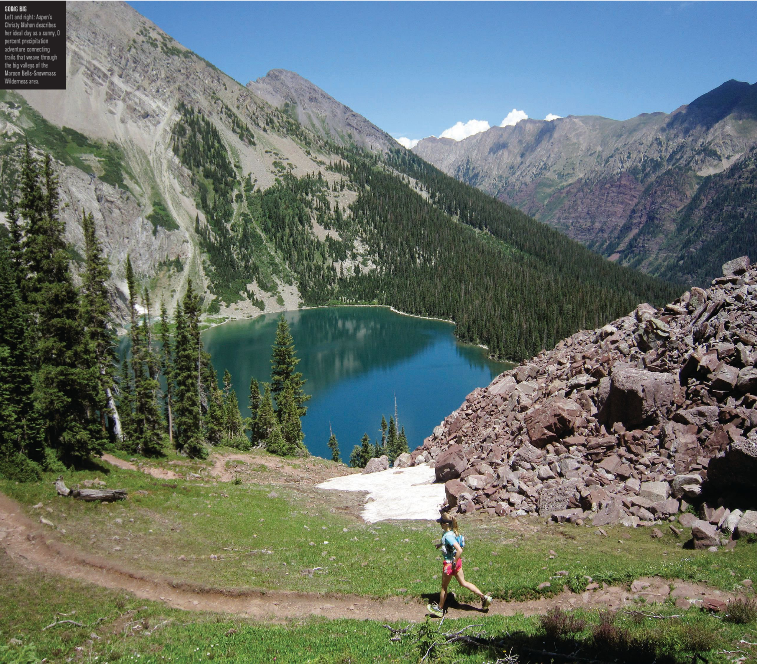By: David DeMartini
There are few locations within the world of digital media that can rival the reputation of San Francisco and Silicon Valley. Last month, Backbone was invited to attend a client immersion day hosted by Rocket Fuel, a programmatic partner with which we work closely. Eager to experience what some call the promised land of innovation, we jumped at the opportunity.
For two days, we attended roundtable discussions covering a range of programmatic topics spanning from ad security and viewability, to mobile device tracking. We were amazed by the level of intelligence and drive to innovate, evidenced by the group of 50 young, eager new hires attending orientation.
Anyone working in the digital advertising space would tell you programmatic advertising has profoundly impacted the marketing landscape. While this shift has provided brands with great opportunity, it’s also become difficult to navigate. In attempts to alleviate some of the challenges, we’ve compiled a list of 6 best practices for programmatic adverting.
6 Best Practices for Programmatic Advertising
1. Integrate prospecting and retargeting efforts – Programmatic advertising works best when it’s allowed to combine upper- and lower-funnel efforts. Delineating funnel objectives can have a negative effect on performance and should be avoided if possible. Integration allows for maximum data capture, driving faster learning and optimization.
2. Collect pixel data on every page of the advertiser’s website – Allowing for more data capture drives faster optimization and more efficient impression buying. Programmatic tactics work best when the maximum amount of data is provided. While capturing data from conversion pages is important, the systems can also learn from the behavior of users who do not convert, which in most cases is just as valuable.
3. Relax your constraints – Programmatic tactics perform best when they are free to optimize without constraints. Limiting the initial audience to a specific demographic slows the optimization process as less data can be collected. There may be users who convert that fall outside of the target audience- allowing the systems to test this audience will identify either a new group that’s likely to convert or a group that can be ruled out. Either scenario is a useful insight.
4. Test multiple creative variations in real time – Just as programmatic tactics work best when they are free to analyze many different audience segments, allowing for creative/messaging optimization can vastly increase performance. When optimizing in real time, small variations in creative can greatly impact performance. Allowing the algorithms to make these optimizations based on the millions of data points they collect is the most efficient way to ensure maximum performance. The reality is that these algorithms are able to identify optimal messaging much more efficiently than humans, eliminating errors we sometimes don’t catch.
5. Allow the algorithms to make daily optimization decisions – Marketers by nature, carry a very hands-on mentality. We are used to constantly checking in on our campaigns and making adjustments when necessary: shifting targets, adjusting budgets, changing creative messaging. While this is necessary for traditional advertising tactics, it can be counterproductive in the programmatic space. The systems are able to take environmental variability into account and adjust at the most opportune time. Changing or shifting campaign initiatives can cause models to reset and decrease efficiency.
6. Embrace view-through conversions – View-through conversion is a topic we discuss frequently here at Backbone Media. If we as marketers are succeeding in our profession, a consumer’s path to conversion should be filled with our advertiser’s messaging. Whether it be a display ad, an FBX in feed post, a search result or an email, each play an integral role in driving users to convert. For this reason, it makes little sense to attribute the full conversion to the last touchpoint or click that the user executed before purchase. Ignoring view-through eliminates the value on any top-funnel initiatives. While it’s tempting to take this approach, the reality is it oversimplifies attribution models and can have far reaching negative effects on marketing strategies.
The programmatic space can be difficult to navigate. Feel free to leave any further questions in the comments section or reach out to us directly.
Source: www.1daybanner.com

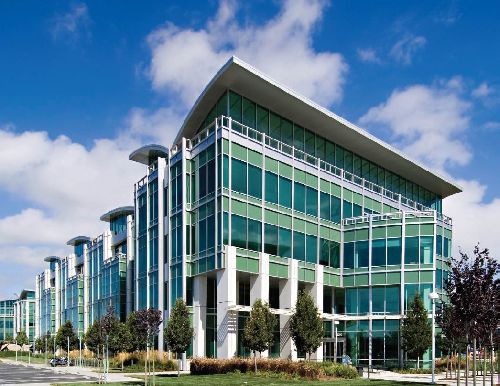


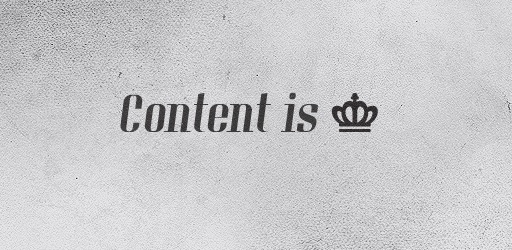
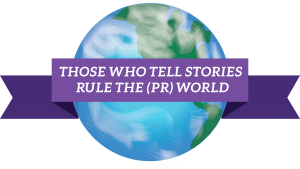
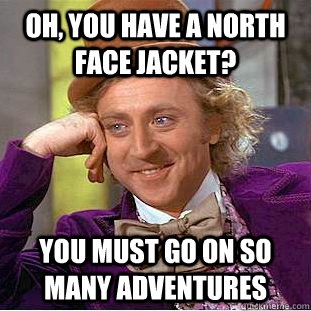
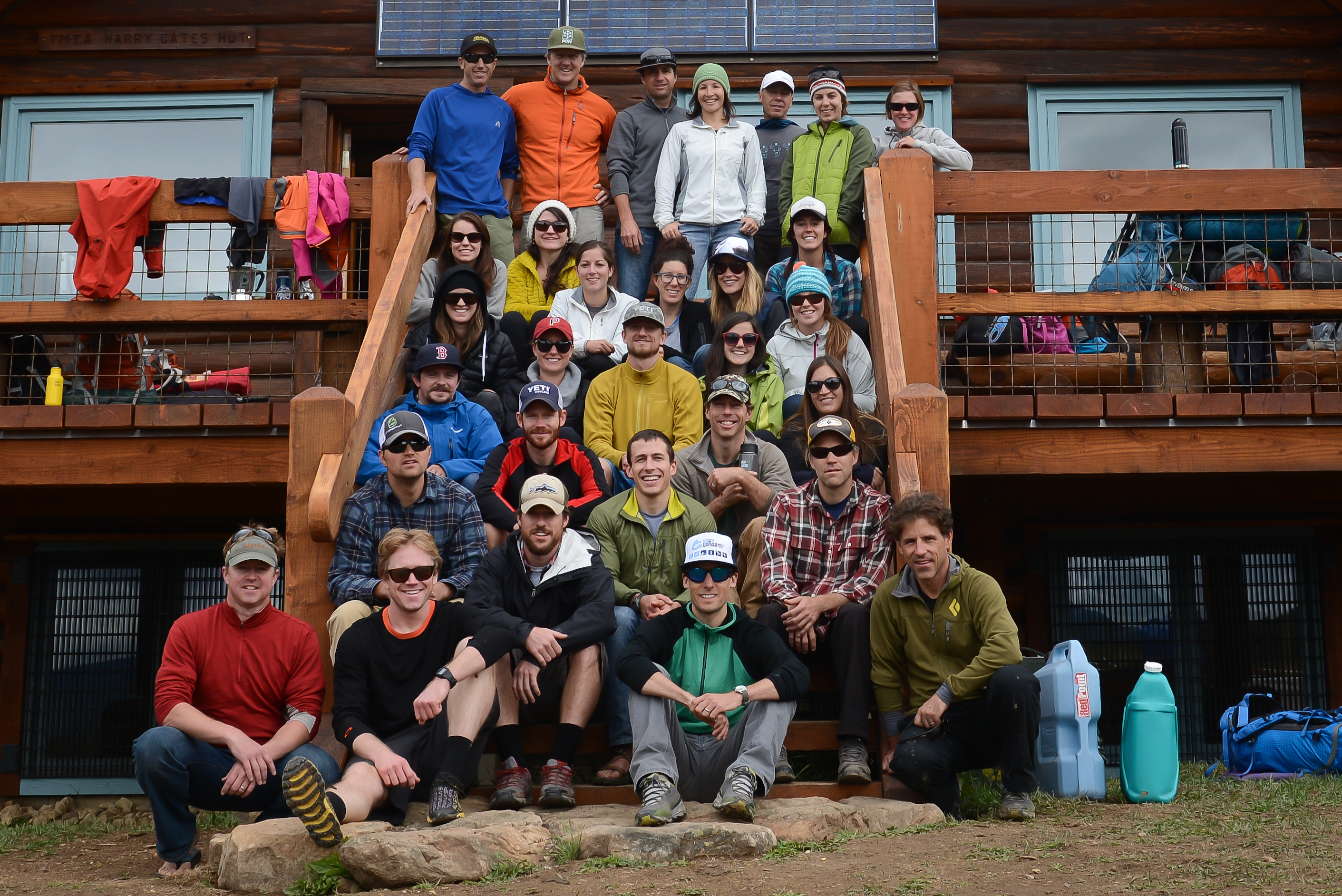
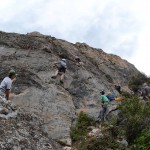
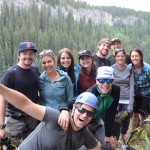
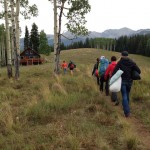
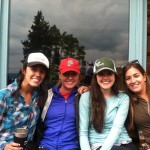

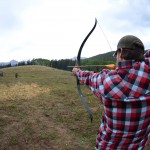

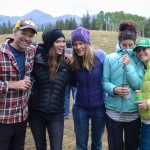


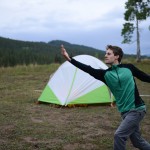
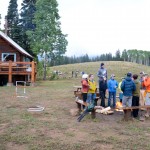
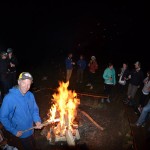
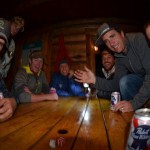

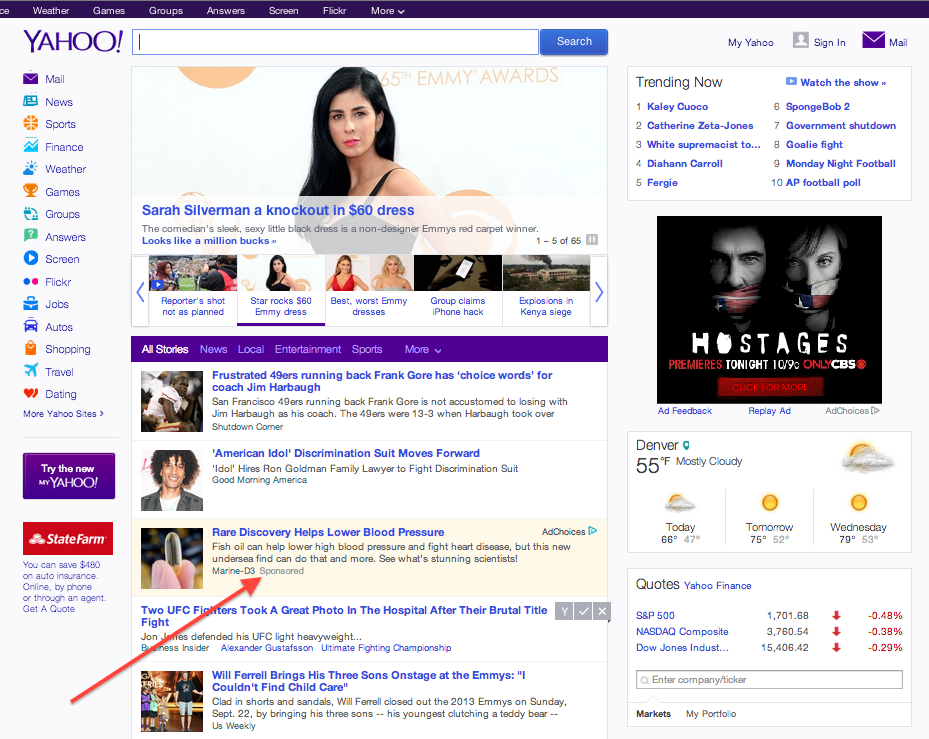
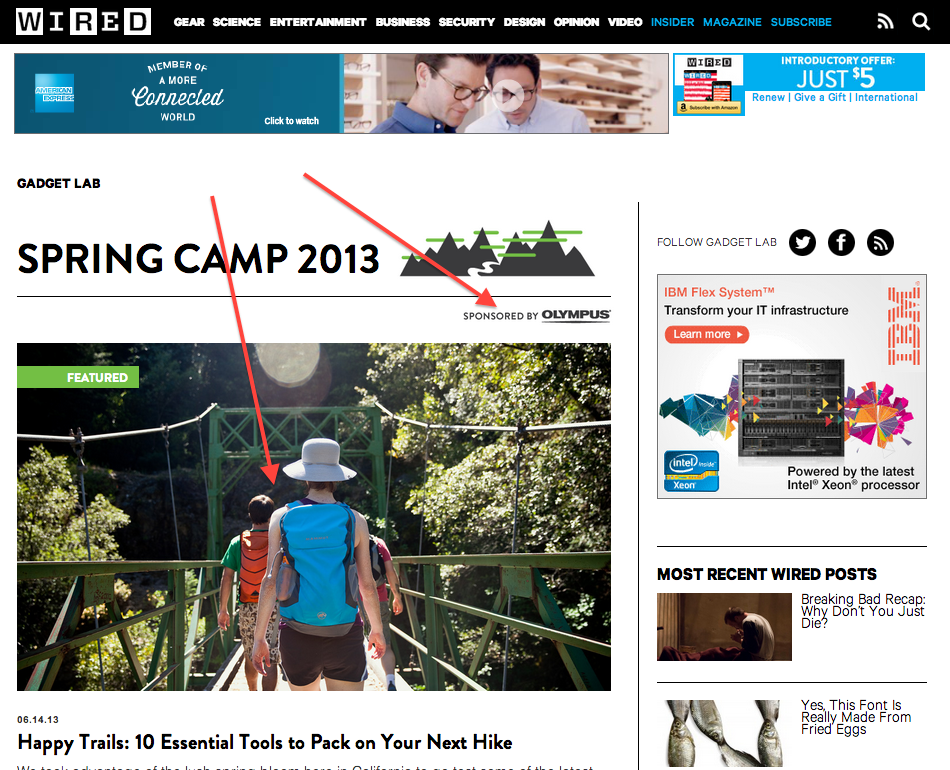
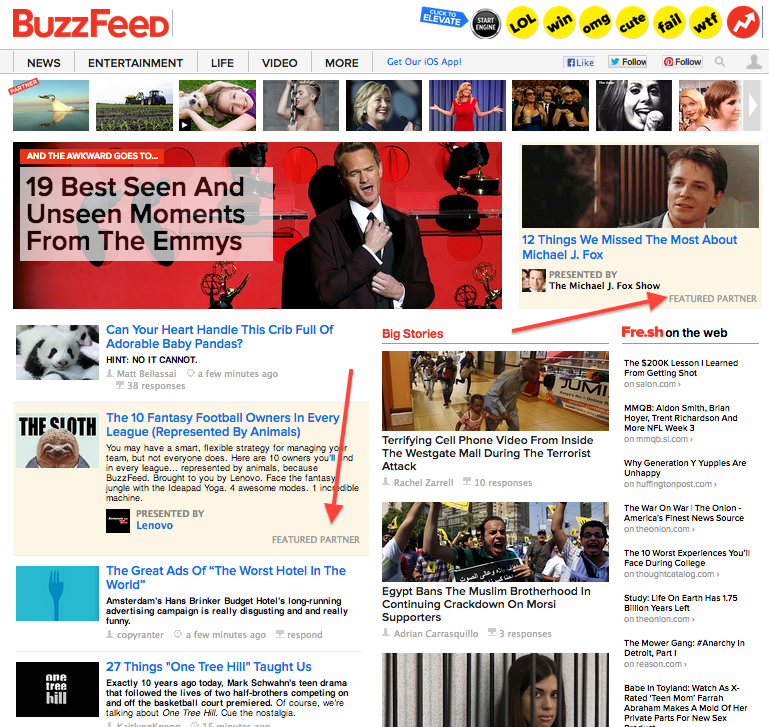
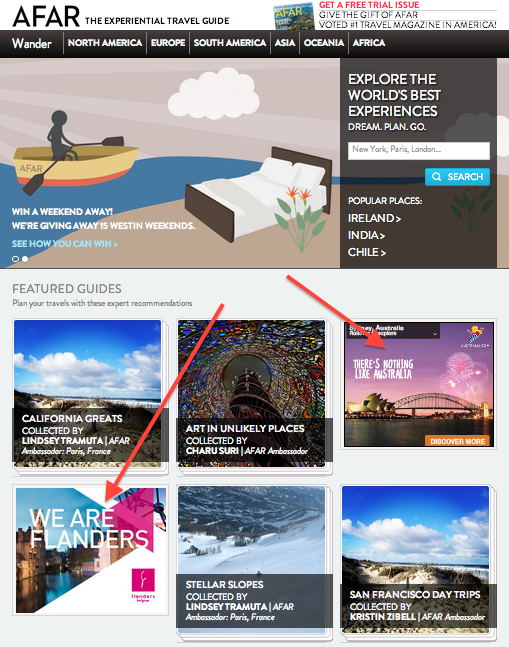

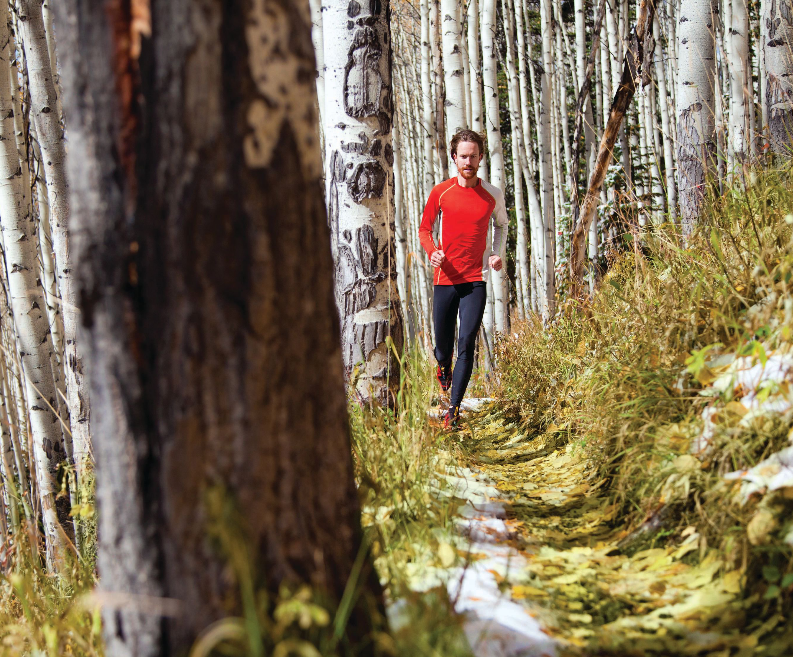 “When asked why trail runners gravitate to long, relatively remote routes like the Four Pass Loop or the relatively mild Conundrum Creek–which offers a very runnable and scenic 9-mile jaunt to a natural hot springs–the answer is about tapping into the sport’s ‘Zen-inducing’ effect that isn’t achieved in road running.”
“When asked why trail runners gravitate to long, relatively remote routes like the Four Pass Loop or the relatively mild Conundrum Creek–which offers a very runnable and scenic 9-mile jaunt to a natural hot springs–the answer is about tapping into the sport’s ‘Zen-inducing’ effect that isn’t achieved in road running.”